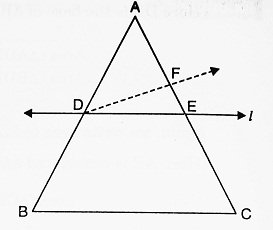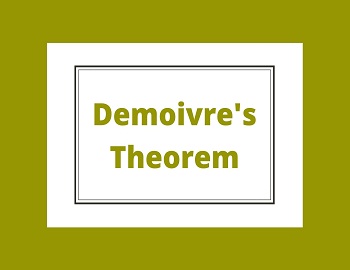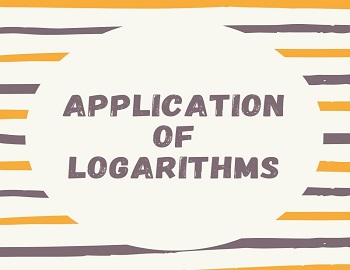Basic Proportionality Theorem:
Theorem 1: In a triangle a line drawn parallel to one side, to intersect the other two sides then it divides the two sides in the same ratio.

Given: A △ABC in which DE || BC and intersects AB and AC in D and E respectively.
To prove: AD/DB = AE/EC
Construction: Join BE and CD. Draw EF ⊥ AB and DG ⊥ AC.
Proof: In the figure, Area (△ADE) = (1/2) AD . EF
(Here AD is considered as the base of △ADE and EF is the altitude).
Area (△BDE) = (1/2) DB . EF
(Here DB is the base of △BDE and EF is the altitude).
∴ Area (△ADE)/Area (△BDE) = [(1/2) AD . EF]/[(1/2) DB . EF] = AD/DB ……….(i)
Again, we write area (△ADE) = (1/2) AE . DG
(Here AE is considered as base and DG as the altitude of △ADE)
Also, area (△CDE) = (1/2) EC . DG
(Here EC is considered as base of △CDE and DG is the altitude)
∴ Area (△ADE)/Area (△CDE) = [(1/2) AE . DG]/[ (1/2) EC . DG] = AE/EC ……….(ii)
Since △BDE and △CDE are on the same base DE and between the same parallel lines DE and BC,
∴ area (△BDE) = area (△CDE) ……….(iii)
From (i), (ii) and (iii) it follows that AD/DB = AE/EC
Hence, the theorem is proved.
| Corollary: If in a △ABC, a line DE || BC, intersects AB in D and AC in E, then (i) AB/AD = AC/AE (ii) AB/DB = AC/EC. Proof: From Basic Proportionality theorem, we have (i) AD/DB = AE/EC ⇒ DB/AD = EC/AE ⇒ 1 + DB/AD = 1 + EC/AE [∵ Adding 1 to both sides] ⇒ (AD + DB)/AD = (AE + EC)/AE ⇒ AB/AD = AC/AE (ii) AD/DB = AE/EC ⇒ 1 + AD/DB = 1 + AE/EC [∵ Adding 1 to both sides] ⇒ (DB + AD)/DB = (EC + AE)/EC ⇒ AB/DB = AC/EC |
Theorem 2: (Converse of Basic Proportionality theorem). If a line divides any two sides of a triangle in the same ratio, then the line must be parallel to the third side.

Given: A △ABC and a line ‘l‘ intersecting AB in D and AC in E such that AD/DB = AE/EC.
To prove: l || BC.
Proof: If possible, we suppose that the line ‘l‘ is not parallel to BC. Therefore, there is some other line through D, which is parallel to BC. Let this line be DF. Since DF || BC, therefore, by Thales theorem, we get
AD/DB = AF/FC ………(i)
and AD/DB = AE/EC (given) ………(ii)
∴ (i) and (ii) imply that
AF/FC = AE/EC
⇒ 1 + AF/FC = 1 + AE/EC [∵ Adding 1 to both sides]
⇒ (FC + AF)/FC = (EC + AE)/EC
⇒ AC/FC = AC/EC ………(iii)
∵ (iii) is possible only if the points F and E coincides.
∴ DF is the line ‘l‘ itself. Hence l || BC.









Comments (No)